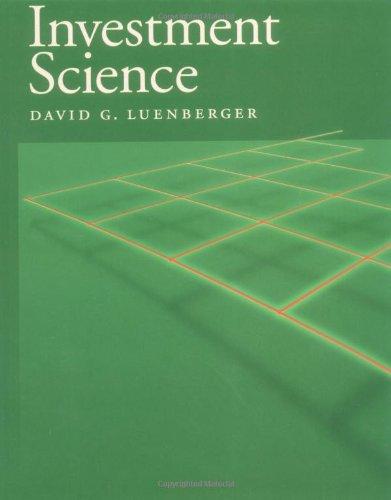Q1. Multiple Part: (The following information applies to the next five questions.) ABC Corporation is considering an acquisition of XYZ. XYZ has a capital structure of 40% debt and 60% equity, with a current book value of $20 million in assets. XYZ's pre-merger beta is 1.66 and is not likely to be altered as a result of the proposed merger. ABC's pre-merger beta is 1.08, and both it and XYZ face a 40% tax rate. ABC's capital structure is 60% debt and 40% equity, and it has $24 million in total assets. The net cash flows from XYZ available to ABC's stockholders are estimated at $5.0 million for each of the next four years and a terminal value of $18.0 million in Year 4. Additionally, new debt issued by the combined firm would yield 12% after-tax, and the cost of equity is estimated at 14.69%. Currently, the risk-free rate is 5.5% and the expected market risk return is 15.50%. i What is the merged firm's WACC? 2) What is the merged firm's new beta? 3) What is the appropriate discount rate ABC should use to discount the equity cash flows from XYZ? What is the present value (to the nearest thousand) of the XYZ cash inflows to ABC? 5) If the acquisition price of XYZ is 155% of XYZ's current book value of assets, should ABC proceed with the acquisition? Q1. Multiple Part: (The following information applies to the next five questions.) ABC Corporation is considering an acquisition of XYZ. XYZ has a capital structure of 40% debt and 60% equity, with a current book value of $20 million in assets. XYZ's pre-merger beta is 1.66 and is not likely to be altered as a result of the proposed merger. ABC's pre-merger beta is 1.08, and both it and XYZ face a 40% tax rate. ABC's capital structure is 60% debt and 40% equity, and it has $24 million in total assets. The net cash flows from XYZ available to ABC's stockholders are estimated at $5.0 million for each of the next four years and a terminal value of $18.0 million in Year 4. Additionally, new debt issued by the combined firm would yield 12% after-tax, and the cost of equity is estimated at 14.69%. Currently, the risk-free rate is 5.5% and the expected market risk return is 15.50%. i What is the merged firm's WACC? 2) What is the merged firm's new beta? 3) What is the appropriate discount rate ABC should use to discount the equity cash flows from XYZ? What is the present value (to the nearest thousand) of the XYZ cash inflows to ABC? 5) If the acquisition price of XYZ is 155% of XYZ's current book value of assets, should ABC proceed with the acquisition







